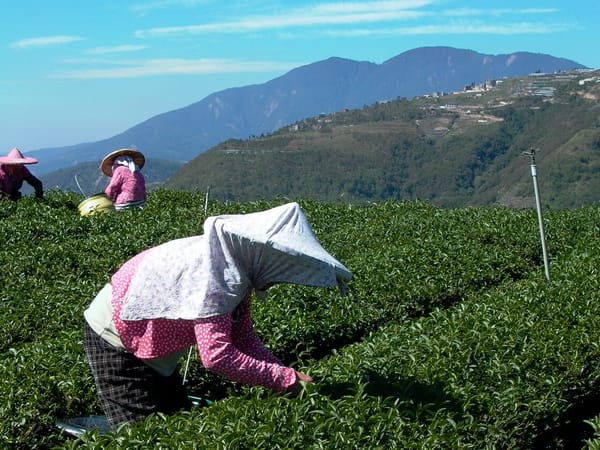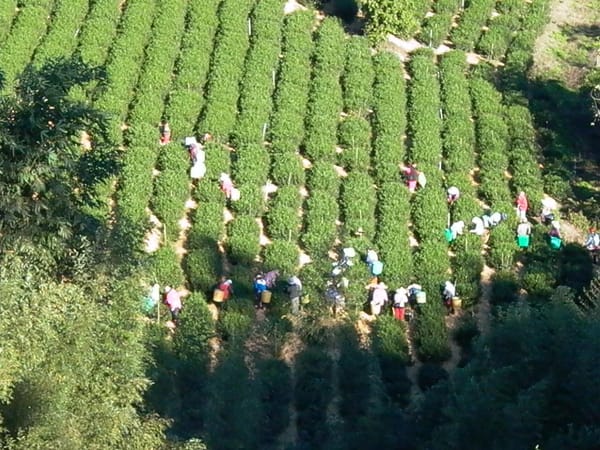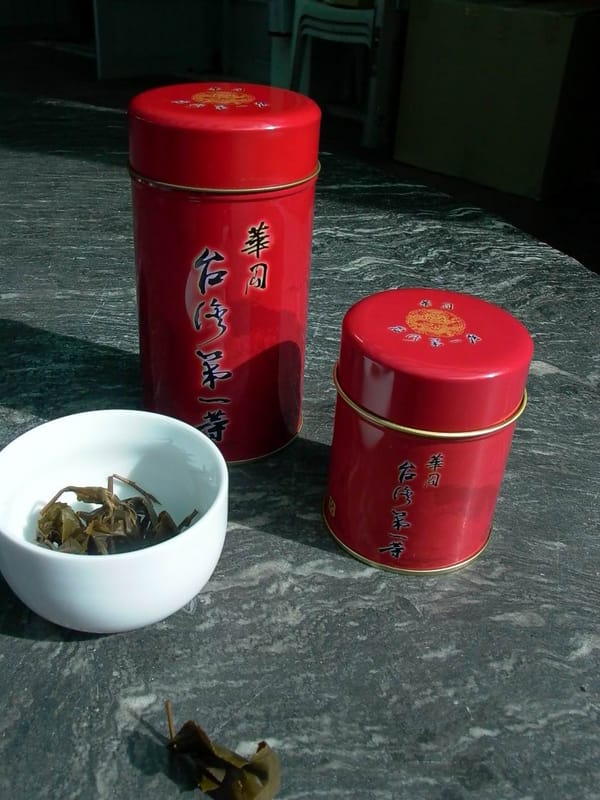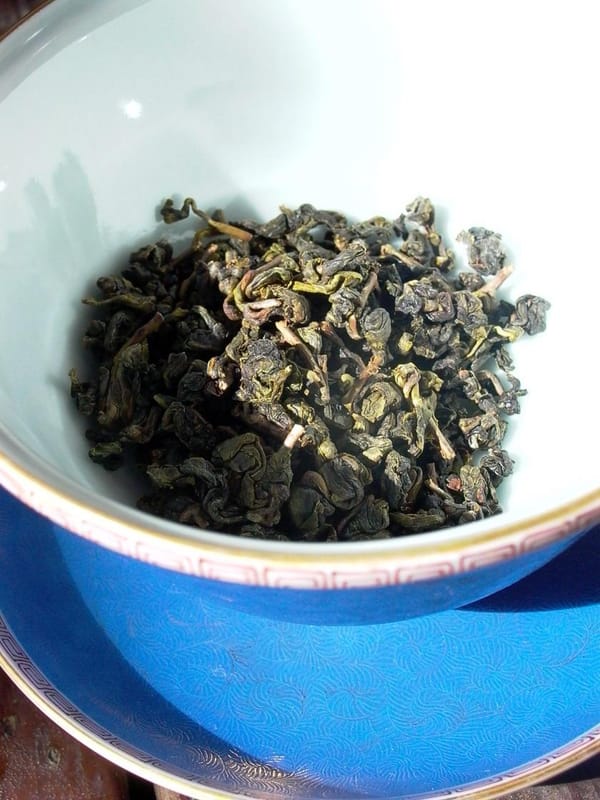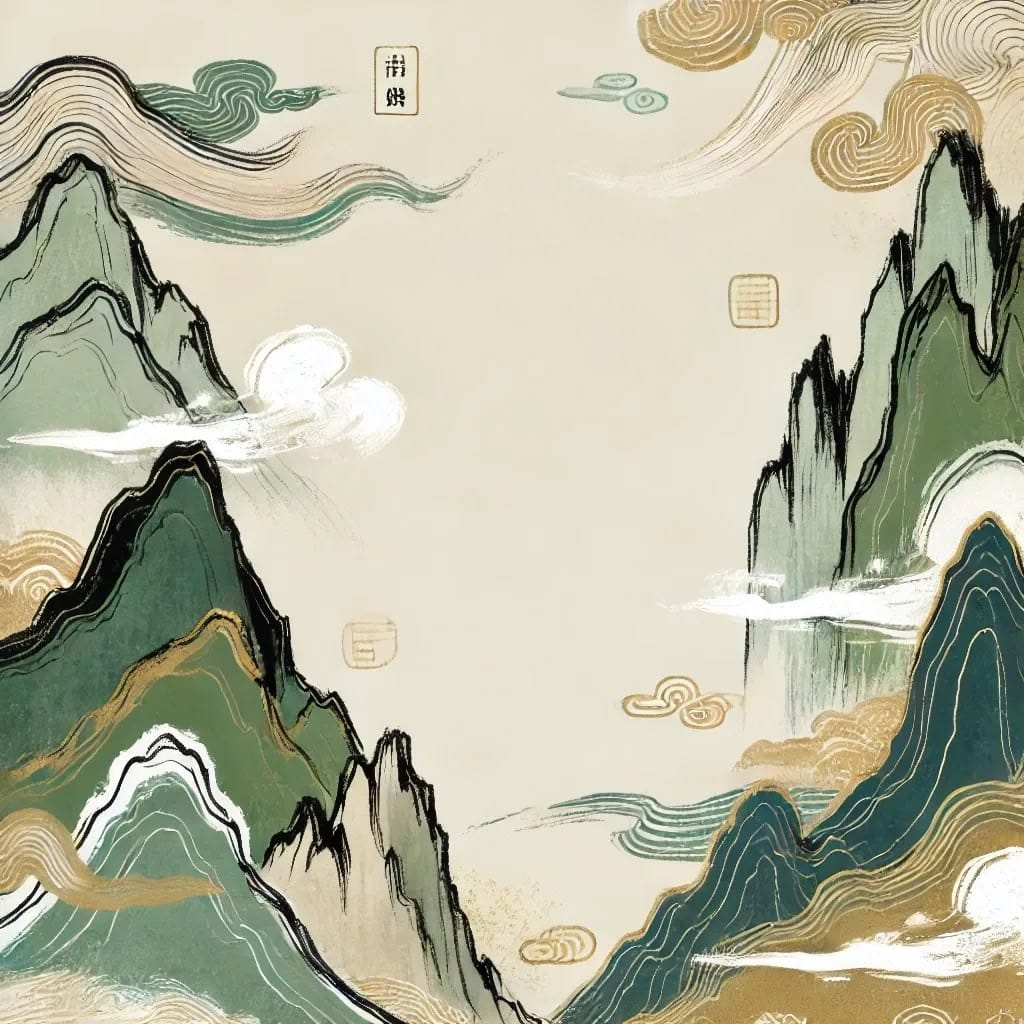In Dabang, located southwest of Alishan, a compelling story of cultural convergence is unfolding. This land, originally the traditional home of the Tsou people, is still the sacred site for rituals like the Mayasvi (War Festival) and Homeyaya (Millet Harvest Festival), which express deep spiritual and cultural meanings. Yet with Taiwan’s high mountain tea industry booming, this once spiritual land is now home to vibrant green tea fields.
What happens when ancient indigenous traditions meet a modern agricultural economy? How do plains-origin tea farmers collaborate with indigenous communities to produce high-mountain oolong tea? And how do indigenous people maintain their cultural legacy while actively engaging in this high-value industry?
Let’s explore the Dabang Tea Region to understand the deeper significance of indigenous tea-making and its reflection of social and cultural transformation.
Dabang: A Tea Village of Cultural Fusion
The Sacred Heritage of Tsou Culture
Dabang is a cultural stronghold of the Tsou people. Sacred rituals like Mayasvi, a coming-of-age ceremony for Tsou men and a symbol of tribal unity, and Homeyaya, an agricultural rite celebrating the millet harvest, reflect the Tsou’s spiritual beliefs and connection to the land.
These ceremonies are not merely traditions but sacred embodiments of the Tsou people's worldview, where spirit, land, and life are deeply interconnected.
Challenges of Industrial Transition
As modern economic forces reach remote regions, Dabang’s indigenous people face the tension between traditional ways of life and the growing tea industry. With favorable conditions for oolong tea cultivation, this land naturally attracted both indigenous and external tea producers.
Today, Dabang has become a place of cooperative tea production, with plainland tea farmers and Tsou community members working side by side — forming a model of cross-cultural collaboration.
Nadaya Tea Garden: A Case Study in Cultural Integration
Cultural Significance in Naming
One example of this cultural respect is the “Nadaya Tea Garden.” Though founded by a plainland tea farmer, the name was inspired by indigenous language and aesthetics, symbolizing a respectful gesture toward local heritage.
The naming choice not only honors indigenous culture but also signifies the founder’s willingness to integrate and establish harmonious community ties — a subtle but powerful gesture of mutual respect.
The Role of Indigenous Women
At Nadaya Tea Garden, indigenous women play a vital role as tea pickers. Their intuitive connection with plants and mastery of hand-processing skills make them essential in the leaf selection process.
Beyond income generation, their participation represents a reapplication of traditional knowledge in a modern context — bringing a human and cultural touch to high mountain oolong tea.
From Dew Removal to Processing: A Precise Workflow
Traditional Craft Meets Modern Application
Tea production in Dabang begins with dew removal, an early morning task requiring expert hands to gently clear dew from leaves. This practice mirrors the indigenous reverence for nature and aligns with the rhythms of the natural world.
Proximity of Processing Facilities
Tea processing stations are typically located beside the plantations. Freshly picked leaves are immediately delivered and sun-withered under carefully regulated shade nets. Withering is judged purely by the tea master's sense of smell — a craft deeply aligned with indigenous sensory knowledge.
Training Indigenous Tea Masters
Localized Skill Transfer
Initially, outside masters from Mingjian or Lugu were invited to produce tea while locals observed. Today, thanks to local agricultural groups and training programs, Dabang has cultivated its own tea artisans — many of them indigenous.
This local expertise reduces costs and empowers the indigenous community to take part in every step of the value chain — anchoring the industry deeply within the community.
Innovative Techniques from Cultural Fusion
Indigenous tea masters blend Han processing techniques with intuitive knowledge of weather and plant behavior. Their sensitivity to mountain climates enhances their craft, producing teas that carry the terroir and spirit of the region.
Balancing Economy and Culture
Economic Opportunities from Tea
The high mountain oolong industry has significantly raised income levels in Dabang, offering youth viable options to stay and thrive in their homeland. The development of tourism, accommodations, and culinary services has created a holistic tea economy.
Cultural Challenges and Opportunities
Yet modernity brings risks of cultural dilution. While younger generations engage in new industries, there's concern they may disconnect from their roots. Tea, however, has become a medium through which culture can be expressed and shared — turning economic development into a path for cultural continuity.
A Model for Inter-Ethnic Collaboration
Adaptation by Plains-Origin Farmers
Plains-origin tea farmers investing in Dabang must not only adapt to mountainous conditions but also engage with local communities. By hiring and training indigenous workers, they contribute to skill transfer and mutual understanding.
Mutual Benefit Through Collaboration
In Dabang, tea production thrives on mutual benefit: plains farmers provide capital and market access, while indigenous partners offer land, labor, and cultural insight — creating a truly symbiotic relationship.
Cultural Signatures in Tea Craft
Working with Nature’s Rhythm
Tea production in Dabang often operates overnight to align with harvest cycles. Indigenous tea masters thrive in this rhythm, their natural sensitivity guiding the timing of each step — an embodiment of harmony with nature.
Sensory Knowledge as Cultural Heritage
Assessing withering by scent is a skill rooted in experience — and in traditional indigenous knowledge systems developed through close interaction with nature. This sensory legacy lives on in each cup of tea.
Unique Terroir and Market Differentiation
Distinctive Mountain Conditions
Dabang’s unique altitude, climate, and cultural participation give its tea a signature profile. Consumers experience not only superior quality but also the embedded cultural story — enhancing its value in a competitive market.
Marketing Through Cultural Identity
Producers now understand that cultural uniqueness is a powerful selling point. Highlighting indigenous involvement and heritage allows Dabang tea to stand out as both a premium product and a cultural artifact.
A Sustainable and Culturally Rooted Future
Eco-Conscious Development
The cultivation of tea in Dabang balances ecological integrity with economic benefit. Indigenous respect for the land naturally supports sustainability, setting an example for responsible agriculture in Taiwan’s highlands.
Innovative Cultural Continuity
Through industry, indigenous youth are returning to their roots — blending traditional identity with modern enterprise. Culture thus lives on not as a static relic, but as a living, evolving force within daily life.
Conclusion: Tea as a Story of Cultural Harmony
The story of indigenous tea-making in Dabang is one of cultural resilience, integration, and innovation. Here, the ancient Tsou traditions and the modern tea industry have forged a path of mutual respect and prosperity.
This is proof that culture and commerce can coexist — and even strengthen each other. Each sip of Dabang oolong carries not only flavor, but the voice of a people, the rhythm of a mountain, and the hope of a truly inclusive society.

